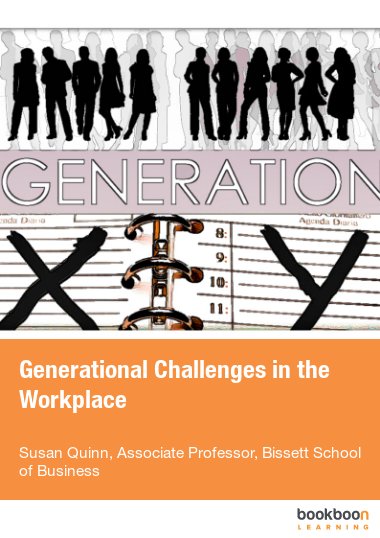We all know about some aspects of diversity – race, religion, gender and age are some of the common factors. The different generations on the workplace are another kind of diversity that can sometimes be more challenging than any of the others!
This book outlines what shapes these demographic groups and explains in broad terms what makes them tick. Characteristics, skills and motivators are described for all groups. The concluding section is a set of specific recommendations for consideration for any organization to negotiate the road to better generational co-existence.

